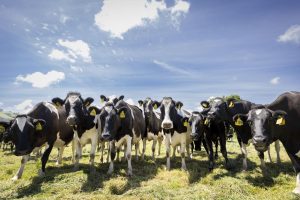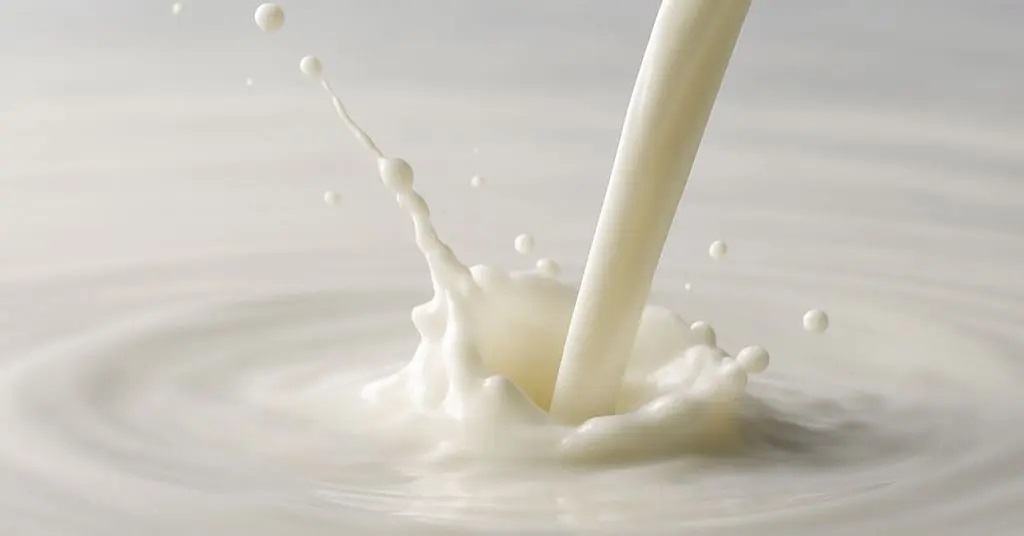
Global production is on the rise, but weak demand from key consumer groups is keeping a lid on prices.
Global milk production is increasing, a key trend noted in a recent market report that will have significant implications for agribusiness worldwide. The article highlights that major producers like the United States and New Zealand are ramping up their output. This rise in supply is a crucial piece of data journalism for the dairy industry, as it signals a shift in the balance of power between supply and demand. However, this growth in production is not translating into a stronger market, as demand remains sluggish in many key sectors.
The core challenge facing the market is a lack of robust demand, especially among low- and middle-income consumers. This demographic, which typically drives significant volume, is not buying dairy products at the pace needed to absorb the growing supply. Additionally, demand from the foodservice channel—a critical component of the dairy supply chain—is also relatively weak. This sluggishness is creating a market paradox where increased production is failing to ignite a significant price rally.
In stark contrast to the milk market, red meat is experiencing a period of record-high prices. The article attributes this to tight supplies, which have driven farmgate prices for beef cattle and sheepmeat to new highs. For example, a decrease in the cattle kill in New Zealand has resulted in exceptionally high saleyard prices, and strong demand from the European Union is bolstering sheepmeat prices. This disparity in market performance between dairy and meat highlights the different forces at play in each sector of the broader agricultural economy.
The article also provides a brief overview of other key agricultural commodities, including a mention of the fertiliser market. It notes that while global urea prices are higher than they were a year ago, an increase in exports from China is expected to influence the market. This demonstrates the interconnected nature of agribusiness, where trends in one sector, such as fertiliser prices, can have a direct impact on the profitability of others, like dairy.
Ultimately, this market report is a wake-up call for producers, manufacturers, and analysts who are operating in the international dairy market. While production growth is a positive sign of health and capacity, it will only translate into higher returns if consumer demand strengthens. The current disconnect between supply and demand underscores the need for proactive market analysis and strategic planning to navigate a complex and often unpredictable global landscape.
Source: Farmers Weekly, “Global milk production ramping up”
You can now read the most important #news on #eDairyNews #Whatsapp channels!!!
🇺🇸 eDairy News INGLÊS: https://whatsapp.com/channel/0029VaKsjzGDTkJyIN6hcP1K






















